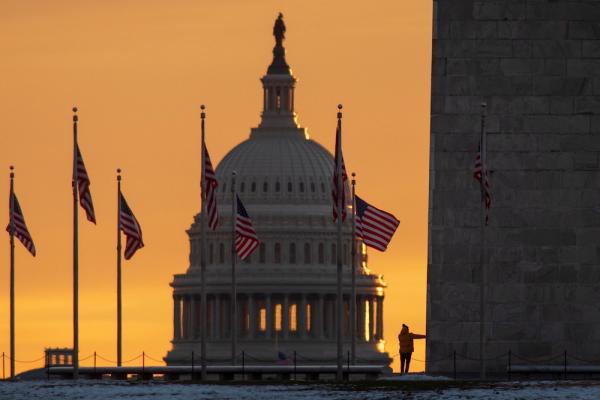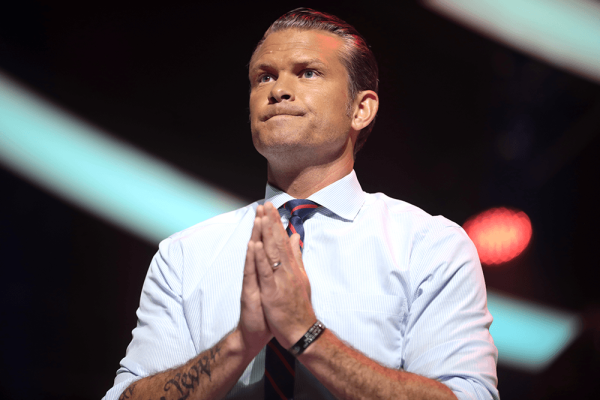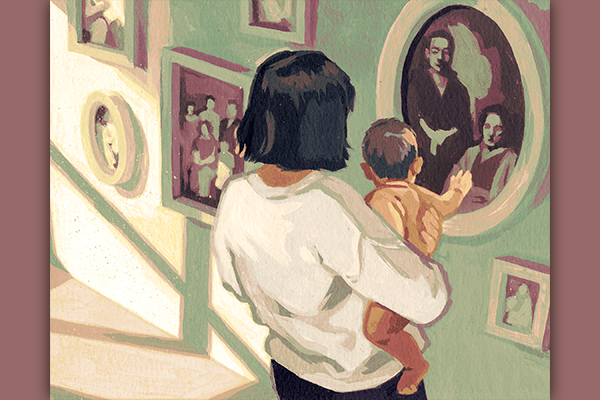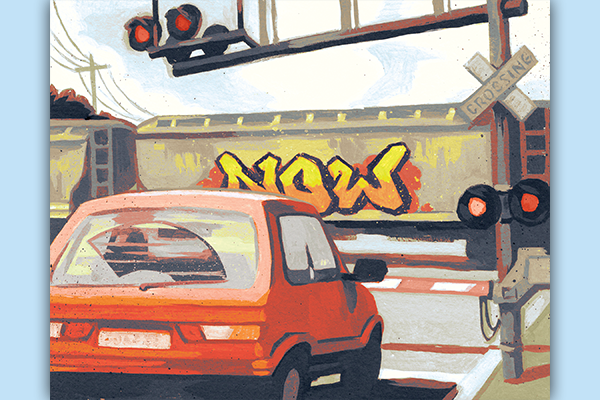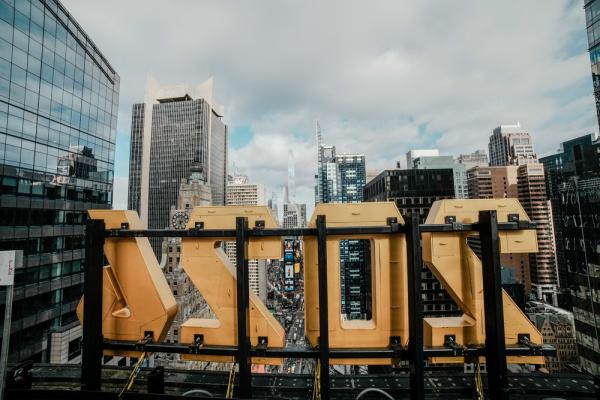Remember the broken glass and broken barricades. Remember the angry chants of “hang Mike Pence.” Remember the estimated 140 officers who were injured trying to protect the members of Congress who were certifying the election. Remember the misuse and abuse of crosses and prayers and American flags. Remember these and other sobering images of the U.S. Capitol building attacked and overrun by rioters and insurrectionists; images that can feel unfathomable unless we remember the breadth and depth of racialized violence in our nation’s history. History is about both the what and the why. Given the volumes of footage and visible evidence, it is difficult to refute what happened on Jan. 6, 2021. The deeper struggle will be understanding why it happened.
Memory is a powerful thing. Both how we remember and what we choose to remember profoundly shape our sense of reality. A growing body of research shows that “memory allows for a kind of mental time travel, a way for us to picture not just the past but also a version of the future.” Memory is like truth — it can either hold us captive or help set us free.
Having taken the Israelites to the verge of entering the promised land, Moses implores the Israelites before his death on Mount Nebo to keep God’s commandments and warns, “Only be careful, and watch yourselves closely so that you do not forget the things your eyes have seen or let them fade from your heart as long as you live. Teach them to your children and to their children after them” (Deuteronomy 4:9, NIV, emphasis mine). Moses is adamant: The people must remember. Years of wandering in the wilderness stretched into four decades in part because of the Israelites’ failure to remember their oppression and suffering in Egypt and how God brought them out. Some mothers and fathers even longed to return to Egypt because while God had delivered them from Egypt, Egypt was still within them. The memory of Egypt became essential for overcoming the travails in the wilderness and resisting the temptation to whitewash the past.
On this first anniversary of the Jan. 6 insurrection, it is imperative to ask ourselves: How will we remember this dark stain on our nation’s history, and what must we learn from it? Unless we confront the why — unless we refuse to hide from ugly and painful truths — we are much more liable to repeat them.
In my recent book A More Perfect Union, I make the case that one of the principal reasons our nation is so dangerously polarized is that we have conflicting understandings and competing narratives about our history. Without a baseline of shared truth and collective memory, our sense of unity and common purpose is imperiled; our nation will be like a house divided against itself, which Jesus said cannot stand.
How we understand Jan. 6 represents a real-time test of our collective memory. Unfortunately, recent polls signal that our nation is woefully failing this test. A CBS News-YouGov poll released on Monday found fairly consistent condemnation of the actions of those who forced their way into the Capitol: 83 percent disapprove now, down from 87 percent last January. But alarmingly, 56 percent of Republicans say what happened at the Capitol was “defending freedom” and another 47 percent say it was “patriotism.” On top of that, 41 percent of GOP respondents say they believe most of those who ransacked the Capitol were “left-leaning groups.”
Rather than insurrectionists or rioters, many Republican politicians and Trump supporters refer to the people who stormed the Capitol as patriots or protesters who were defending our democracy. While I initially understood Jan. 6 through the lens of a cold civil war that turned violently hot on that day, I now believe that a more accurate description is a growing and increasingly dangerous insurgency that is working to unravel democracy into a more authoritarian direction and derail the multiracial democracy that the United States is becoming.
How can our democracy survive, let alone thrive, when a large portion of the country is so detached from the reality of that terrible day? The stakes couldn’t be higher: How we teach the next generation about what happened on Jan. 6 — and the days leading up to it — affects how we reckon with our past and whether we commit to cocreating a more just and hopeful future.
I’ve thought a lot about how I will teach my kids about Jan. 6, particularly as they get older. This had to be done in real time as my two sons, who were 8 and 10, caught glimpses of some of the sobering images of the Capitol attack on television. I tried to explain to them that these rioters were angry because they believed the lie that the election was stolen. I tried to teach them that resorting to violence to advance your cause is never justified. A year later, I’ve come to see that in order to fully remember the why behind January, we must teach three truths:
- we can’t separate Jan. 6 from the big lie itself;
- Jan. 6 is inextricably tied to white supremacy and Christian nationalism; and
- the attack can only be understood as a part of the long historical arc of violence to uphold white supremacy.
In the days after the 2020 election, my 8-year-old son quickly understood the first truth. He continually asked, “Daddy, who won the election?” After days stretched into a week without a victor, he declared, “President Trump will never concede because he is a sore loser.” His young mind intuited something that is critical to how we remember the why behind Jan. 6: President Trump’s bitter refusal to concede — and the subversive campaign he orchestrated with his allies to overturn the results — fueled the violent attack on the Capitol that day.
When it happened, I was wrapping up edits for my book, and I knew I would need to update it to reflect upon the events of that terrible day. In my mind and spirit, the attempted coup represented a dark nadir in our nation’s history, but it also represented a potential turning point — perhaps the nation would finally reject the big lie that the election was stolen. Sadly, this year has shown otherwise: It’s clear former President Trump still has an iron grip on the majority of the Republican Party. And attempts to undo the last election never really stopped, as hundreds of state-level bills have been proposed that will make it more difficult for people to vote and easier for state legislatures to overturn election outcomes.
Photos from Jan. 6 clearly show the rioters’ white supremacist and Christian nationalist tendencies, and scholars have dedicated much time to proving such. Research by University of Chicago professor Robert Pape reinforces that this was largely a white supremacist mob. Pape found that a disproportionate number of those who traveled to Washington and participated in the insurrection came from counties where the white population had decreased in recent years. Alarmingly, the right-wing “great replacement” conspiracy theory, which says that white people will be replaced by minorities, has gone from fringe to more mainstream. The number of Confederate flags and the noose hanging from gallows erected outside the Capitol are also tell-tale signs that the mob sought to uphold white supremacy.
The third truth to understand the why behind Jan. 6 intersects with current fights over how we teach and reckon with our nation’s history. In much more rapid fashion, we are facing a test similar to that of the post-Civil War period in which competing narratives battled for the consciousness of the country. Ultimately, the “Lost Cause” narrative — a revisionist history that reframed the Civil War as a struggle over states’ rights and heritage rather than over the evils of slavery — prevailed among white Southerners. This narrative, rooted in disinformation and fear mongering, helped fuel the backlash and violence that ultimately led to the end of the short-lived Reconstruction era.
As long as people fail to remember the why and not just the what of Jan. 6, we will continue to wander in a wilderness of deepening polarization and racialized violence. Our failure to remember the peril of Jan. 6 presents a danger to our democracy and will sabotage our pursuit of a more perfect union. But by remembering the full breadth of our history, including the ongoing impacts of white supremacy, we can better fathom both how and why Jan. 6 took place and understand the degree to which it wasn’t simply an aberration. By remembering the why we can better galvanize the political will necessary in the Senate to pass legislation that will help protect the sacred right to vote and safeguard our democracy. By remembering the why, we can foster healing and repair that opens the door to transformation. Let us not fail this test to remember — for ourselves and the next generation.
Got something to say about what you're reading? We value your feedback!
